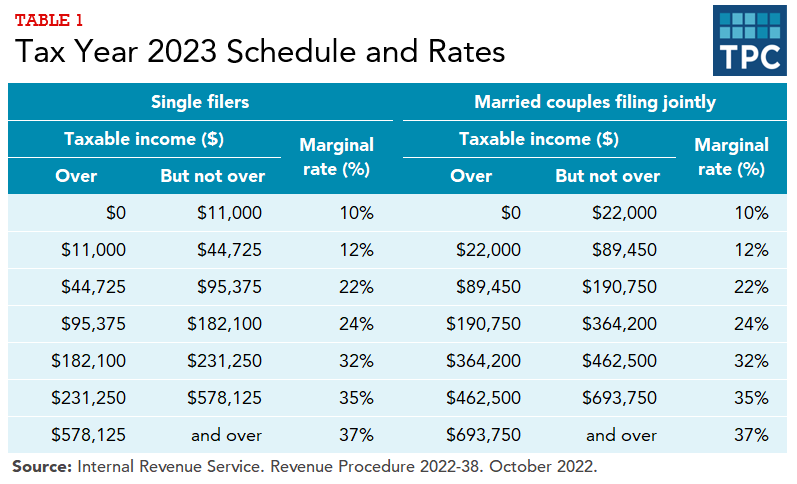Epistemic status: I think these are all good ideas, and there are lots of people who suggest them, but beware as all tax things are complicated, and I am not an expert by any means.
I understand that these are suggesting giving very large sums of money away. Some of these techniques are even more effective if you’re giving less away
A lot of these are outlined more in depth here: How to optimize your taxes as a donor in the US: donate appreciated securities, make a donor-advised fund, and bunch your donations — EA Forum
Get more money to be given
1. Use an employer match
Doubles your money, and doesn’t compete with the standard deduction if it directly taken from payroll.
Using a friend’s employer match
Beware the fine print though (source). This is extra good if you give to a friend with a higher tax rate.
Worse option: Use an external company match (eg Facebook day of giving)1
Get a better tax deal
2. Have a friend with a higher marginal tax rate give the money
Say you want to donate $10,000: Say you make a very nice $70,000 a year. The top $10,000 dollars of your income is taxed at 22%, which means for that portion of income you are only taking home 10,000*(1-0.22)=$7,800.
Because charitable donations can be taken as a tax deduction, this means it only costs you $7,800 to donate $10,000.
But if you have a rich friend who makes $250,000 a year, they only take home 10,000*(1-0.35)=$6,500 from that top $10k.
This means it costs your friend $1,300(!) less to donate $10,000 than it costs you. If you are able to give your friend money, and have them donate it for you, you can donate more for less. It also means that if you want your friend to donate $10k, you only need to give them however much they would take home after taxes ($6.5k minus state taxes) for them to break even.
This deal obviously gets better if you have richer friends, or if you’re poorer :/.
N.B.: beware of differences in state income tax. I want to look into doing this across countries, as eg British tax rates are much higher (45% above £125k)

3. Bunching
You can’t take the standard deduction if you take an itemized deduction for charitable giving. Say you want to give $10k. The standard deduction for 2024 is $14,600, so you will lose money if you itemize (take the charitable deduction). But if you give triple the amount once every three years, you get a total deduction every three years of $14,600*2 + $30,000 = $59,200 as opposed to $14,600*3 = $43,800.
Even better if you bunch with someone else! If you and your friend pool your money and one of you donates every 3 years, you get a deduction of ($14,600*5 + $60,000)/2 = $66,500 each.
Donor Advised Funds
A complicated system with some fees that enables you to give a lot of money at once for tax purposes but then disburse it slowly. Useful if you care a lot about giving the money slowly, and maybe make it easier to give stock. See here for more information.
4. Give stocks
You then don’t pay capital gains and still get the income tax deduction (Fidelity), which can save you 15% of earnings which can be especially good on old, appreciated stocks. Eg if you give $10k in stock that has been invested in the VTI for the past ten years. The cost basis of that is ~$100 and it is worth ~$270 so you would pay almost $1,000 of capital gains tax if you sold that. So it makes it an extra $1k cheaper to donate that $10k, on top of the income tax savings.
Notes
A more dangerous option: Leveraging stocks can increase your expected donations, but is very complicated and you can lose a lot of money/go into debt if you do it wrong
Beware, this is only useful if the money otherwise wouldn’t have gone to the charity of your choice (true counterfactual matching). Lots of matching programs are of money that will be donated either way (see this blog post from GiveWell) ↩︎
